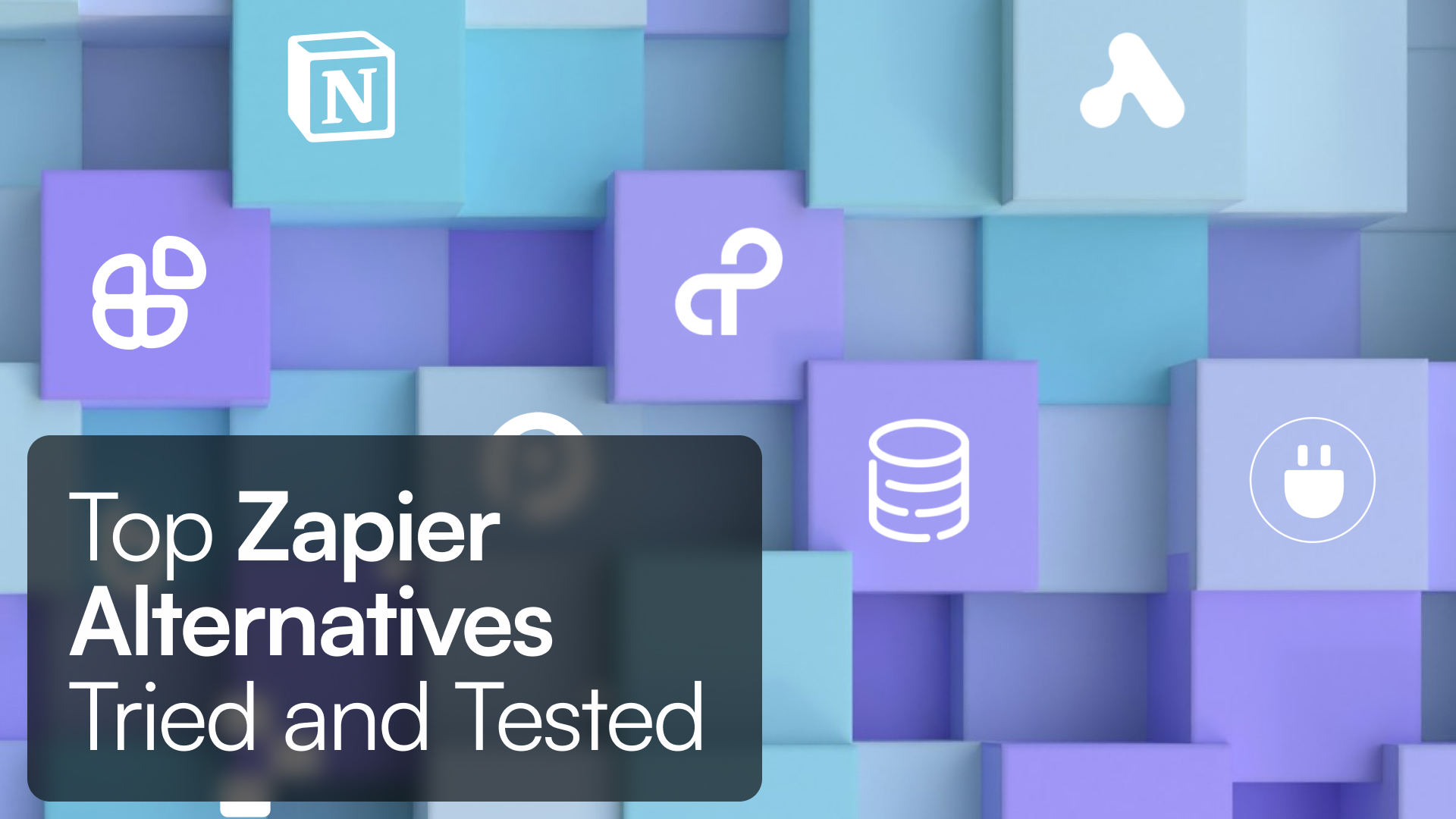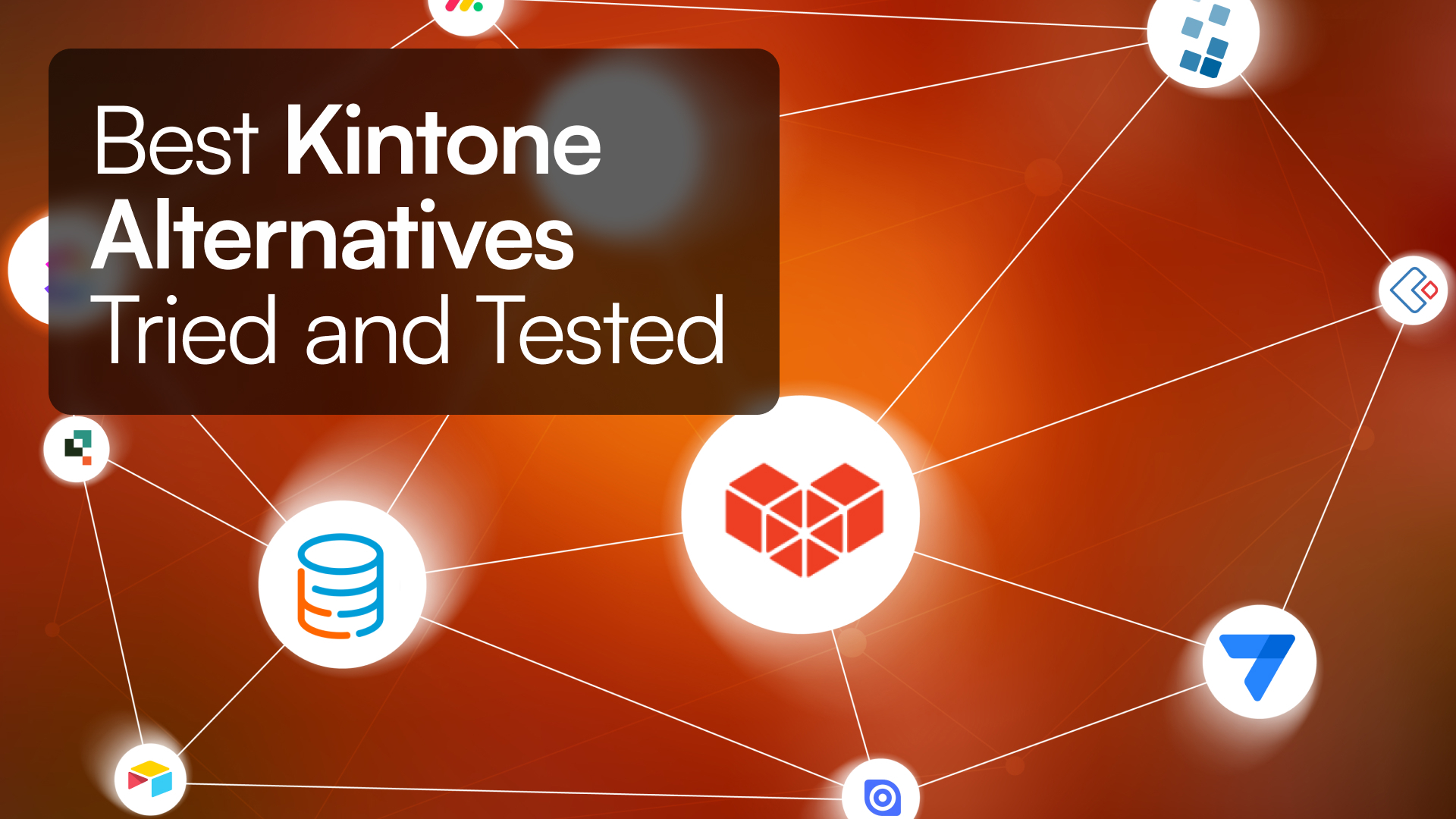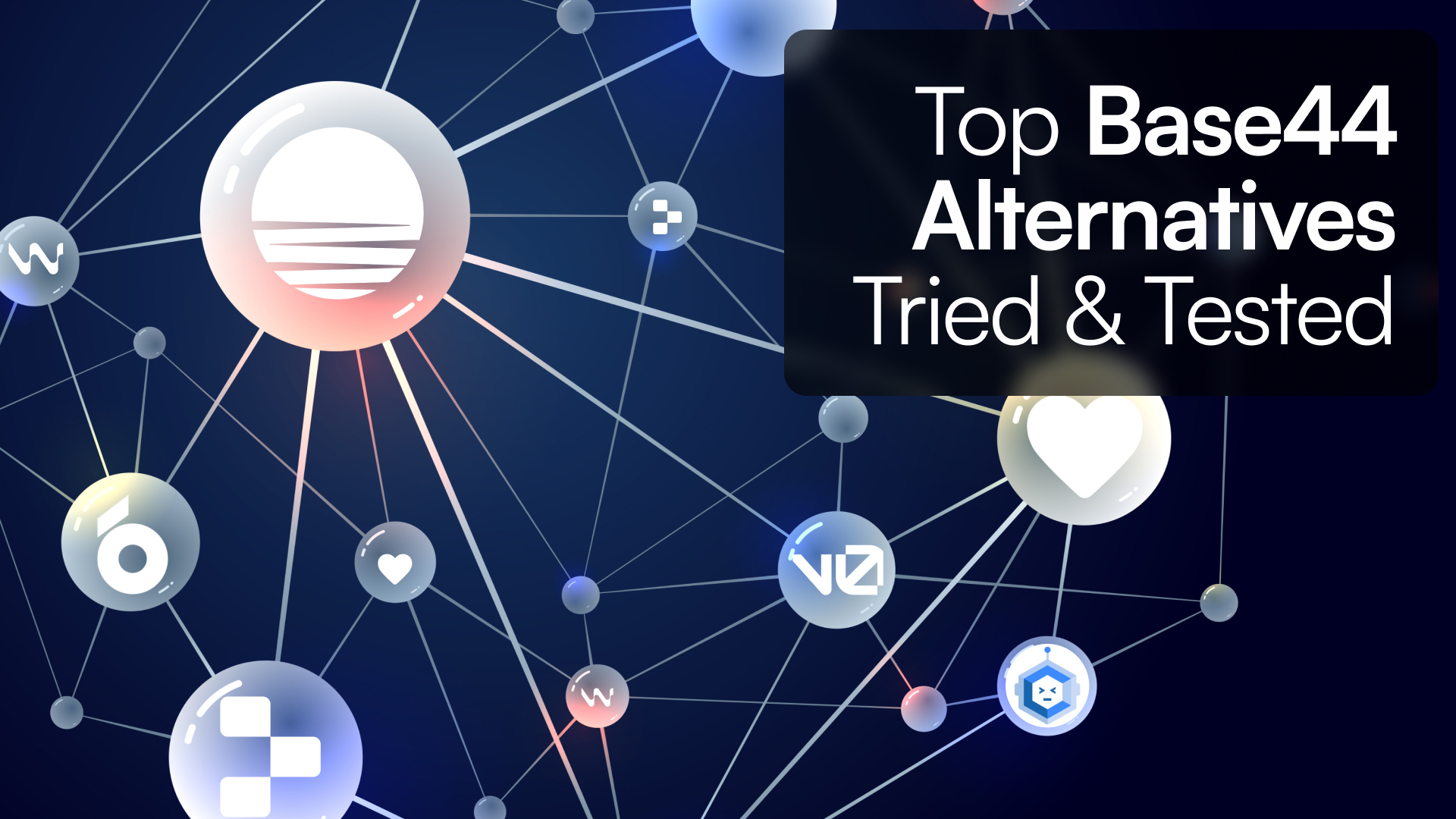Introduction
Choosing the right Learning Management System (LMS) is essential for delivering structured, scalable education or training programs. Whether you’re running a school, nonprofit, or corporate training initiative, a free LMS can save you thousands annually while still offering critical tools for content delivery, learner management, progress tracking, and certification.
This guide compares 15 top-performing free LMS platforms for 2025—including open-source tools, cloud-based services, and specialized platforms for K-12, corporate, and higher education use cases. We’ll break down core features, ideal users, support limitations, and setup options.
What is a Learning Management System (LMS)?
A Learning Management System (LMS) is a digital platform used to manage, deliver, and track learning and development programs. It provides a central hub for organizing training materials, facilitating communication between instructors and learners, assigning quizzes and tasks, and monitoring progress.
Key functions include:
-
Hosting online courses
-
Automating assessments and grading
-
Tracking learner performance with analytics
-
Supporting collaboration through forums, messages, and file sharing
-
Issuing certifications or compliance documentation
LMS platforms are widely used in:
-
Education: K-12 schools, colleges, and universities
-
Corporate training: onboarding, compliance, and skill development
-
Nonprofits: training volunteers or remote teams
-
Public sector: government training initiatives and workforce development
While some LMS platforms are proprietary and costly, many free options offer robust core functionality without subscription fees—making them ideal for budget-conscious teams.
While many free LMS tools are powerful, there are some security and maintenance aspects to consider:
-
Data Privacy: Check if the tool complies with GDPR or FERPA depending on your needs.
-
Self-Hosted Risks: If self-hosting, ensure regular software updates, backups, and secure server access.
-
Cloud Providers: Use providers with strong uptime guarantees and encrypted data transmission.
Quick Overview Table
| LMS |
Best For |
Cost |
Hosting |
SCORM Support |
User Limitations |
| Moodle |
Customization, scalability |
Free |
Self-hosted |
Yes |
None |
| Google Classroom |
K-12, educators w/ Workspace |
Free |
Cloud |
No |
Requires G Suite |
| TalentLMS |
SMBs, internal training |
Free (5 users/10 courses) |
Cloud |
Yes |
Yes |
| Chamilo |
Ease of use, nonprofits |
Free |
Cloud/self |
Yes |
None |
| Canvas Free |
K-12 and higher ed |
Free (teachers) |
Cloud |
Yes |
Limited |
| Open edX |
MOOCs, universities |
Free |
Self-hosted |
Yes |
None |
| Sakai |
Higher ed collaboration |
Free |
Self-hosted |
Yes |
None |
| ATutor |
Accessibility-focused learning |
Free |
Self-hosted |
Yes |
None |
| Schoology |
K-12 education |
Free version |
Cloud |
Yes |
Some features paid |
| SC Training |
Mobile learning, micro-courses |
Free (10 users) |
Cloud |
No |
Yes |
| Alison LMS |
Unlimited users, team training |
Free |
Cloud |
No |
None |
| Open eLMS |
AI-powered training |
Free version |
Cloud |
Yes |
Limited features |
| Forma LMS |
Corporate training |
Free |
Self-hosted |
Yes |
None |
| MyiCourse |
Private or public colleges |
Free |
Cloud |
Yes |
Monetization possible |
| Tadabase |
Custom workflows + reporting |
Free trial |
Cloud |
No |
Paid tiers for scale
|
Best For: Highly customizable deployments
Cost: Free (self-hosted) Moodle remains the top open-source LMS for flexibility, security, and scale. Ideal for both universities and businesses, it supports SCORM, plugins, multilingual setups, and deep customization.
Best For: K-12 schools using Google Workspace
Cost: Free for education accounts Designed for simplicity, Google Classroom is perfect for teachers using Google Docs, Drive, and Sheets. Lacks SCORM or advanced reporting.
Best For: Small teams and onboarding
Cost: Free for 5 users, 10 courses Great for SMBs starting with eLearning. Includes gamification, quizzes, and mobile support, but scale is limited on free plans.
Best For: Quick setup without tech skills
Cost: Free (open-source or cloud) Chamilo is lightweight and user-friendly, especially for nonprofits. Includes progress tracking, certifications, and SCORM.
5. Canvas (Free for Teachers) 
Best For: Classroom instruction
Cost: Free for individual instructors Canvas offers an elegant UI, intuitive gradebook, and mobile app support. Free version is limited to individual use.
Best For: Universities and large courses
Cost: Free (self-hosted) Open edX, backed by MIT and Harvard, supports quizzes, forums, and analytics at scale. Technical setup required.
Best For: Higher education with collaboration
Cost: Free (open-source) Sakai supports assignments, grading, messaging, and forums—ideal for universities focused on collaborative education.
Best For: Accessibility-first learning
Cost: Free (self-hosted) ATutor focuses on inclusive design and is WCAG compliant. Ideal for organizations prioritizing universal access.
Best For: K-12 classrooms
Cost: Free basic version Schoology combines grading tools and collaboration features, though some core functionality is paywalled.
Best For: Mobile-first, microlearning
Cost: Free for up to 10 users. Ideal for onboarding and quick learning. Offers templates, gamification, and analytics.
Best For: Corporate upskilling at scale
Cost: Free for unlimited users Includes 5,500+ courses and custom learning paths. CPD-accredited certificates and analytics are available.
Best For: AI-enhanced LMS with authoring
Cost: Free standard version Offers AI content creation, gamification, and mobile access. Full features available in LMS+ upgrade.
Best For: Business training
Cost: Free (open-source) Known for managing corporate compliance training and HR workflows. Includes reporting and scheduling tools.
Best For: Public/private course hosting
Cost: Free (cloud) Create your own learning "institution" with branding, certification, and monetization features.
Best For: Custom workflows, automation, and reporting
Cost: 14-day free trial Tadabase goes beyond a traditional LMS. Create tailored portals for students, automate grade tracking, and generate reports. Ideal for data-rich environments needing full customization.
Use Tadabase templates like:
-
Student Portal
-
Gradebook
-
Attendance Tracker
-
Course Registration
-
Parent Dashboard
Explore Tadabase for Education → tadabase.io/templates
Real-World Examples
-
A nonprofit in Kenya uses Chamilo to onboard 300+ volunteers across different time zones.
-
A U.S. high school deploys Canvas Free for hybrid classrooms with built-in grading.
-
A logistics firm adopts Tadabase to automate employee onboarding with LMS and reporting in one place.
Frequently Asked Questions
What is an LMS used for?
An LMS (Learning Management System) is used to manage, deliver, and track educational or training programs. It helps streamline tasks like grading, course management, learner tracking, and certification issuance.
Who can benefit from using an LMS?
Anyone involved in delivering or participating in structured learning can benefit from an LMS:
-
Teachers and educators can use it to manage assignments, grades, and student communication.
-
Students can access course materials, track their progress, and interact with instructors.
-
Corporate trainers can deliver employee training, monitor progress, and issue certifications.
-
Administrators can oversee multiple courses, manage instructors, and track learner outcomes.
Is a free LMS enough for large institutions?
Yes, platforms like Moodle and Open edX are scalable and can handle thousands of users, making them suitable for large institutions. However, additional resources for hosting and customization might be necessary for optimal performance.
How does Tadabase work in the education space?
Tadabase offers robust tools for managing and automating educational workflows. You can build custom applications for tracking student progress, automating administrative tasks, and generating detailed reports. Tadabase’s templates make it easy to tailor your LMS experience to fit your organization’s needs.
While free LMS platforms offer significant value, they often come with limitations such as:
-
User caps: Some platforms, like TalentLMS, limit the number of users or courses in their free versions.
-
Customization requirements: Open-source platforms like Moodle may require technical expertise for advanced customization.
-
Limited support: Free versions typically rely on community support, which might not be sufficient for larger organizations.
Is Google Classroom a full LMS?
It covers basic LMS features like assignments and grading but lacks advanced analytics, SCORM support, or course authoring.
Can I use Moodle without technical skills?
Yes, via MoodleCloud (paid) or hosting partners. Self-hosting requires some server knowledge.
Which free LMS supports SCORM?
Moodle, Chamilo, ATutor, Open edX, Forma LMS, and TalentLMS all support SCORM.
Does Tadabase integrate with LMS systems?
Tadabase can act as your primary LMS or integrate via APIs with systems that support external data connections.
Are free LMSs good for businesses?
Yes. Platforms like TalentLMS, SC Training, and Tadabase work well for onboarding, compliance, and skills development.







